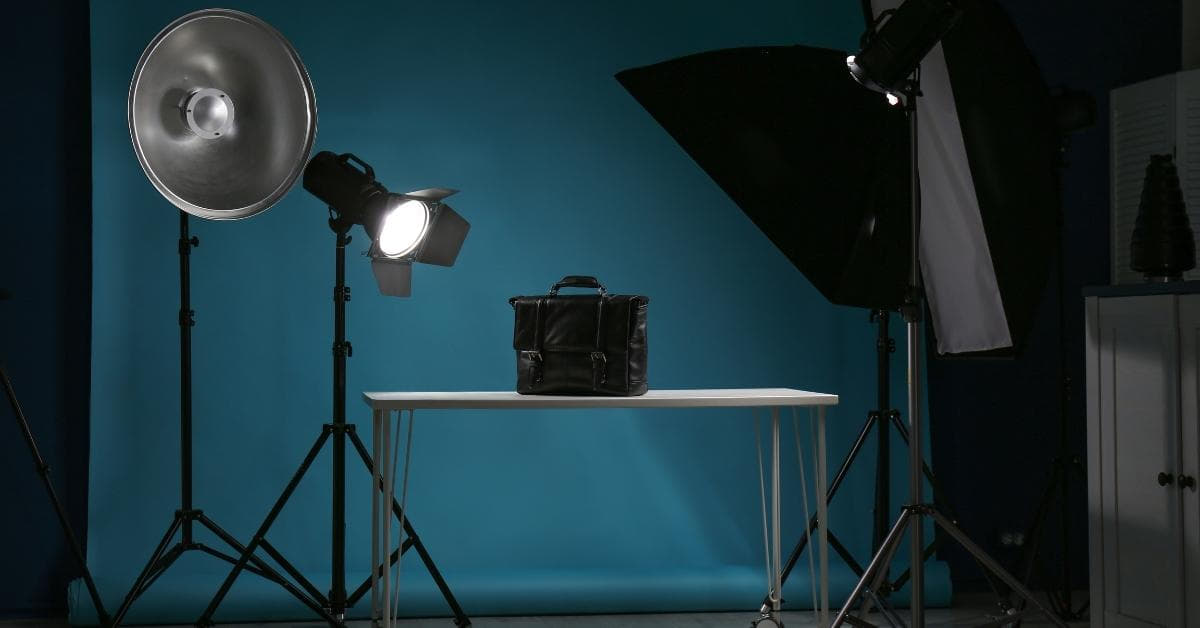In the fast-paced world of e-commerce, the significance of captivating product photography cannot be overstated. High-quality visuals not only attract potential customers but also enhance the perceived value of your products. In this guide, we’ll delve into the nuances of product photography, offering insights on creating stunning images that resonate with your audience.
The Importance of Product Photography
1. First Impressions Matter:
The initial interaction a potential customer has with your product is often visual. Striking images create an immediate positive impression.
2. Boosts Credibility:
Professional-looking photos instill confidence in your brand, signaling to customers that you invest in the presentation of your products.
3. Increased Conversion Rates:
Engaging visuals can significantly impact conversion rates, prompting potential buyers to take the next step in the purchasing process.
Essential Equipment
1. Camera:
Invest in a DSLR or mirrorless camera for high-resolution images. Smartphones with advanced cameras can also produce impressive results.
2. Tripod:
A stable base is crucial for avoiding shaky shots. Tripods help maintain consistency in framing and composition.
3. Lighting:
Natural light is ideal, but if not available, consider investing in softboxes or diffusers to create a soft, even illumination.
Setting Up Your Shoot
1. Backdrop:
Choose a clean and uncluttered background that complements your product. White and neutral tones are popular choices.
2. Composition:
Experiment with various angles and compositions. Highlight unique features and showcase the product in different perspectives.
3. Editing:
Photo Editing is key. Use photo editing tools to enhance colors, adjust brightness, and ensure a polished final product.
Tips for Different Products
1. Clothing and Fashion Accessories:
Focus on details, textures, and styling. Showcase how the product looks in real-life situations.
2. Electronics and Gadgets:
Emphasize functionality and highlight key features. Consider using dynamic angles to showcase the product in action.
3. Food and Beverages:
Pay attention to lighting to make food look appetizing. Experiment with props to enhance the overall presentation.
FAQs
Q1: Do I need a professional camera for product photography?
A: While a professional camera can enhance image quality, modern smartphones with advanced cameras can also produce excellent results. The key is understanding how to maximize the capabilities of your equipment.
Q2: How can I make my product photos stand out on e-commerce platforms?
A: Focus on creating visually appealing and unique images. Experiment with different angles, lighting, and compositions. Consistency in your product photography style also helps in establishing brand identity.
Q3: What are the best practices for editing product photos?
A: Use photo editing tools to enhance colors, adjust brightness, and ensure a polished final product. However, avoid over-editing, as it can misrepresent the product.
Q4: Can I use stock photos for my products?
A: While stock photos are convenient, using original images is recommended. Authentic product photos build trust and provide an accurate representation of what customers can expect.
Q5: How can I make my product photos more engaging on social media?
A: Incorporate lifestyle shots, user-generated content, and behind-the-scenes images. Encourage customer interaction by asking questions or running contests related to your products.
Conclusion
Mastering product photography is a valuable skill for any business, whether you’re a small online store or a large e-commerce platform. By investing time and effort into creating compelling visuals, you can elevate your brand and leave a lasting impression on your customers. Remember, consistency is key, and a well-executed product photography strategy can significantly contribute to the success of your business.
This page was last edited on 27 February 2024, at 11:16 am
